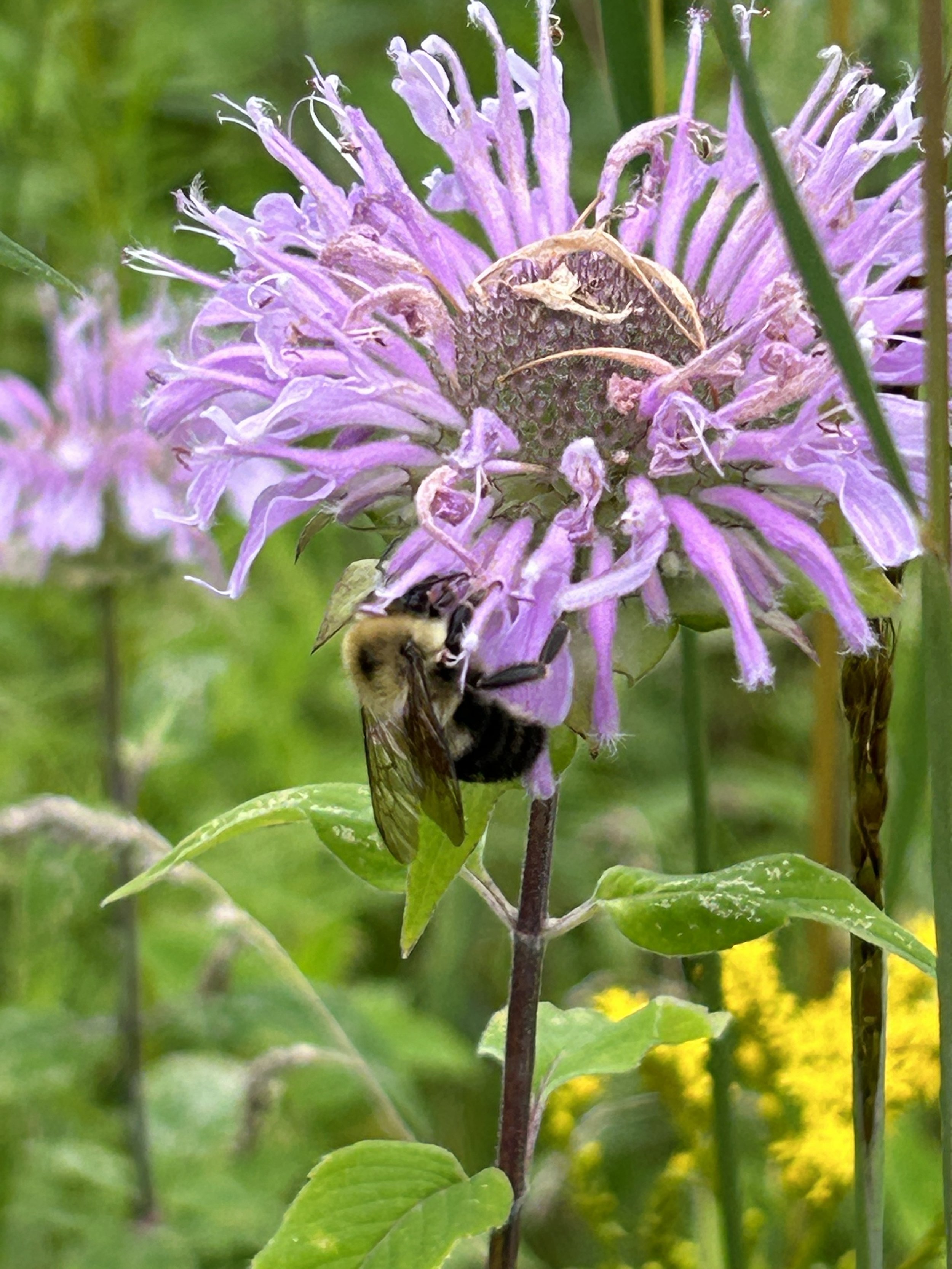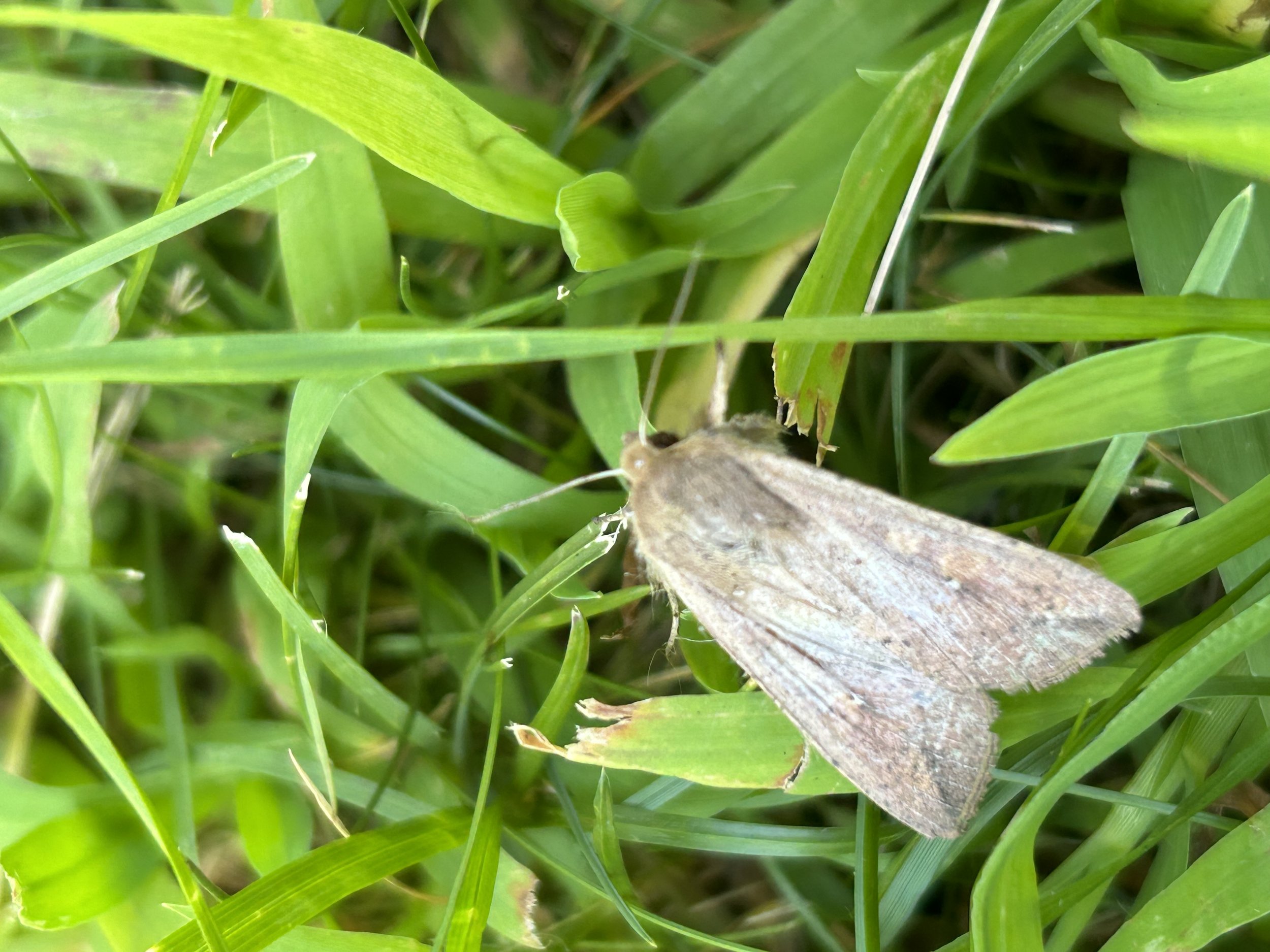Cornell’s study on Lawn Alternatives
Cornell Botanic Gardens have been working on a study since 2009 about Native Lawn alternatives, and this morning Margaret Roach of the New York Times posted an article “A Viable Alternative to Conventional Lawns? Cornell Botanic Garden May Have Found One” outlining their findings. For those of you looking to replace your lawn and need some pointers, this is a great article for specific plant recommendations, as well as some encouragement. It is important to remember that replacing your lawn is something you as a homeowner can do to bring back biodiversity to your property, help insects and wildlife, and make an impact in the fight for climate safety. Native lawns only need to be mowed (or in this article’s case-weed whacked) a few times a year and they cut down on poisonous chemicals, gas powered mowers and leaf blowers, and provide food and habitat for our pollinators! This article also reminds us that native lawns are a work in progress and while some plants may thrive, others may disappear over time and new ones may come as volunteers— in this case its okay to encourage a few benign non-natives (like clovers) because they still provide something for pollinators and they aren’t doing extra harm to your other ground-covers. Check out the article below.
Native plants discussed in the article:
Hairy Beardtongue (Penstemon hirsutus)
Crooked Stem Aster (Symphyotrichum prenanthoides)
Poverty Oat Grass (Danthonia spicata)
Compressed Oat Grass (Danthonia compressa)
Pennsylvania Sedge (Carex pensylvanica)
Common Blue Violet (Viola sororia)
Native Bluets (Houstonia caerulea)
Wild Bergamot/Beebalm (Monarda fistulosa)
Eastern Red Columbine (Aquilegia canadensis)
Wild Geranium (Geranium maculatum)
Eastern Prickly Pear Cactus (Opuntia cespitosaz)



